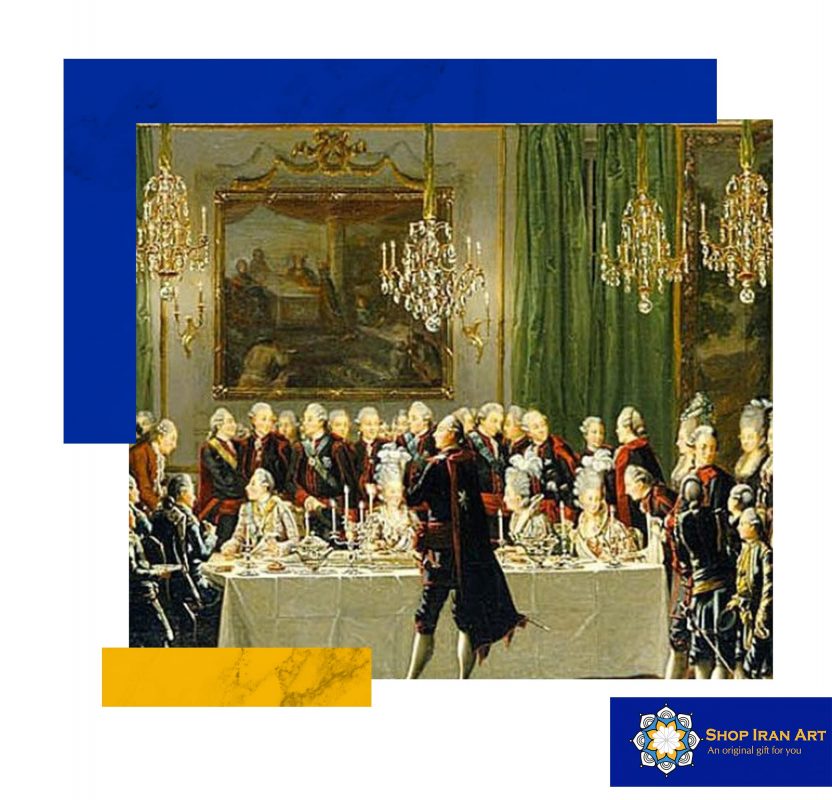Sin categorizar
Origin Of Table Cloths
A Tapestry of Tradition: Unraveling the Origins of Tablecloths
Step into a grand dining hall and your eyes are immediately drawn to the exquisitely adorned tables with an array of colors and patterns. The tablecloth, a seemingly simple piece of fabric, holds an esteemed place in our social gatherings, adding an element of elegance and beauty. Have you ever wondered about the origins of these decorative coverings? Who invented the tablecloth? What is the point of a tablecloth? Join us on a journey through time as we explore tablecloths’ captivating history and significance.
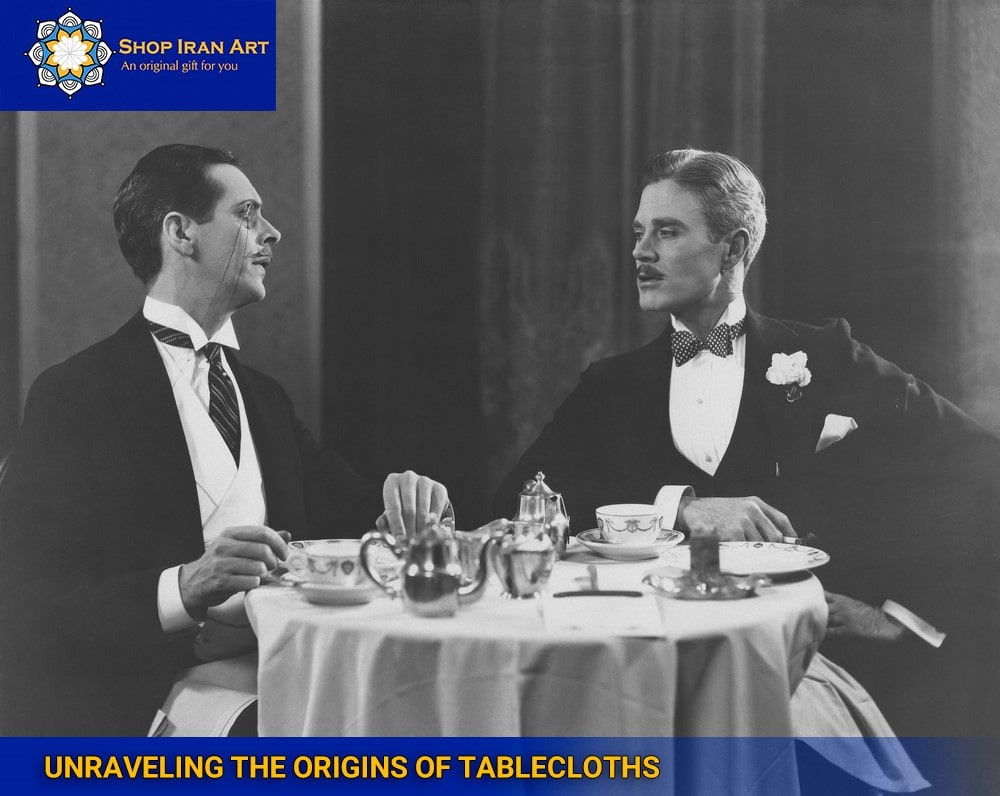
The Ancient Roots
To understand the origin of table cloths, we must delve deep into antiquity. In ancient civilizations, using textiles to cover surfaces during meals emerged independently in various parts of the world. It is believed that the Egyptians were among the earliest to use tablecloths, employing them to enhance their dining experiences around 3,000 BCE. Their table coverings were finely woven linen, symbolizing purity and luxury.
Innovation and Cultural Influence
As time progressed, the use of tablecloths spread across different civilizations, each imbuing their unique customs and traditions into the fabric. The ancient Greeks, known for their opulent feasts, incorporated elaborate tapestries and embroidered linens into their dining rituals. These tablecloths were often adorned with intricate patterns, depicting scenes from mythology and legends.
The Romans, who inherited much of their culture from the Greeks, further popularized the use of tablecloths in their banquets. They placed great emphasis on table settings and opulence, with tablecloths being an essential element of their grand dining experiences. The Romans also introduced the concept of table runners, long strips of fabric placed on top of tablecloths to add an additional layer of elegance and style.
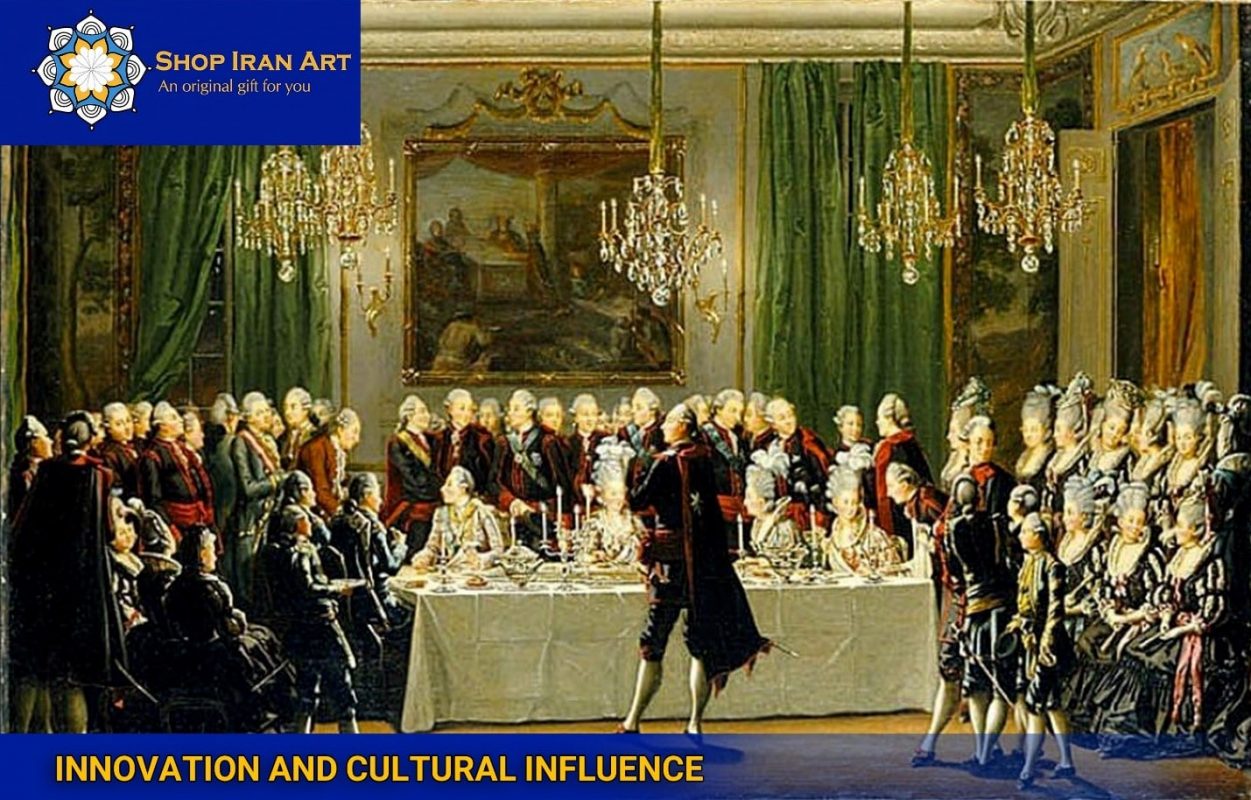
Medieval Times: Symbolism and Practicality
During the Middle Ages, tablecloths evolved to serve a dual purpose: practicality and symbolism. While still associated with wealth and luxury, they also served as protection against food stains and spills. With dining etiquette gaining prominence, tablecloths became a statement of refinement and social status. Only the affluent classes could afford ornately woven tablecloths, often displaying coats of arms and intricate designs.
The Renaissance: The Flourishing of Fine Linens:
The Renaissance period witnessed a surge in textile production, leading to an increase in the availability of fine linens for the upper classes. Tablecloths became more accessible, and their popularity soared. Intricate lacework and embroidery adorned the edges of these linens, showcasing the exquisite craftsmanship of the era. The tablecloth became a canvas for artisans to express their creativity and impress guests with their luxurious surroundings.
Modern Times: Versatility and Personal Expression
In the modern era, the tablecloth has retained its significance, albeit with a shift in focus. Today, tablecloths are not only associated with formal occasions but have also found their way into casual dining settings. They serve as a means of personal expression, allowing individuals to showcase their unique tastes and styles.
Tablecloths & Runners
In addition to the traditional tablecloth, table runners have gained popularity in recent years. Table runners are long, narrow pieces of fabric placed down the center of a table, adding a touch of sophistication. They provide a versatile way to enhance the aesthetics of a table while allowing the beauty of the underlying surface to shine through.
The History of Table Linen
Tablecloths have traversed through time, transforming from simple linen fabrics to intricate works of art, showcasing the ingenuity and progress of human civilization. The history of table linen is a testament to our ever-evolving tastes, preferences, and advancements in textile production. Let us delve deeper into this fascinating journey of transformation.
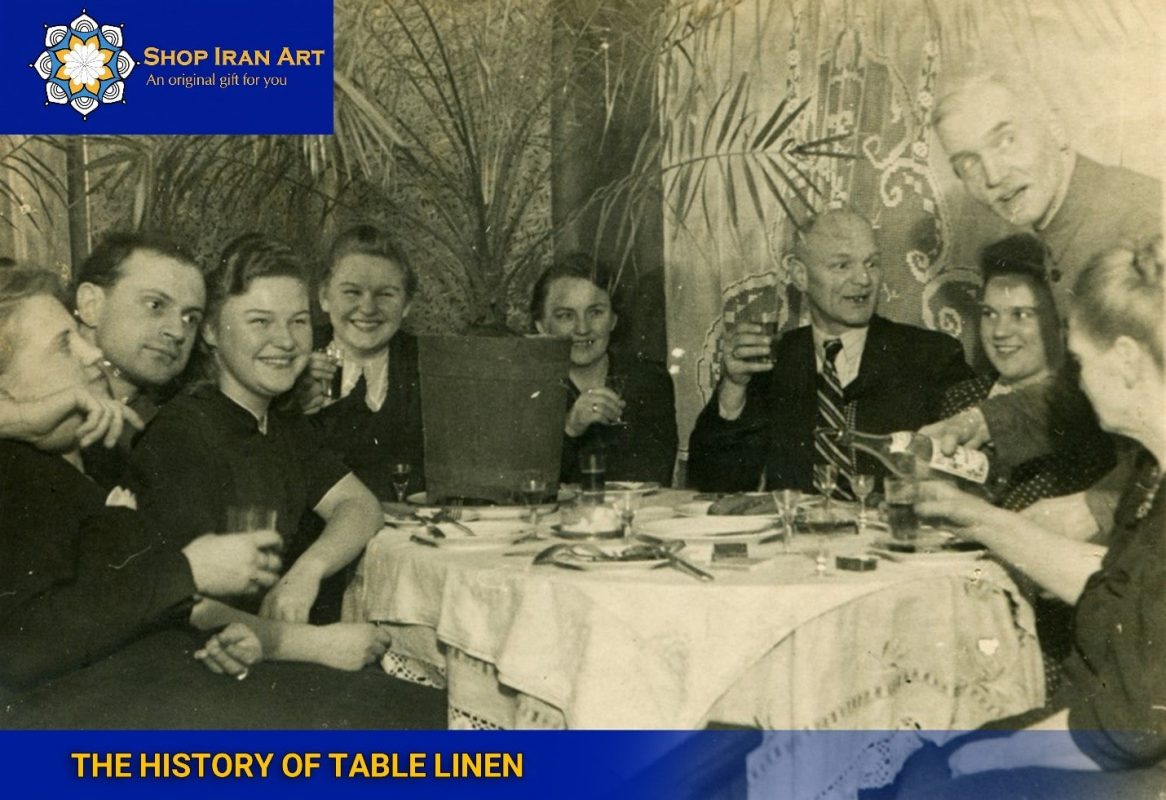
From Humble Beginnings
The earliest tablecloths were crafted from natural materials such as linen, a versatile fabric derived from the flax plant. Linen tablecloths held immense significance, symbolizing purity, wealth, and refinement. They were meticulously woven, with artisans employing traditional techniques to create intricate patterns and designs. These early tablecloths were treasured possessions, passed down through generations as valuable heirlooms.
The Age of Opulence
As societies flourished and trade routes expanded, table linens underwent a remarkable transformation during the Renaissance and Baroque periods. The demand for luxury textiles surged, leading to the emergence of opulent tablecloths adorned with sumptuous materials and intricate embellishments. Fine linens were meticulously hand-embroidered with intricate designs, often incorporating gold and silver threads. Elaborate lacework became a prominent feature, elevating the aesthetics of table settings to new heights.
Industrial Revolution and Modern Innovations
The Industrial Revolution marked a significant turning point in the production of table linens. With the advent of mechanization, manufacturing techniques advanced, making tablecloths more accessible to the masses. Cotton, a durable and affordable fabric, gained popularity, leading to the production of mass-market tablecloths. The introduction of synthetic fibers, such as polyester, revolutionized the industry, offering wrinkle-resistant, stain-resistant, and easy-to-care-for options.
Contemporary Styles and Versatility
In today’s diverse and globalized world, table linens come in an astounding array of styles, colors, and patterns. Traditional designs still hold their charm, with vintage-inspired tablecloths making a comeback. The resurgence of interest in handmade crafts has brought back hand-embroidered linens, showcasing the artistry and skill of artisans. Contemporary designs often incorporate a fusion of modern and traditional elements, allowing individuals to curate table settings that reflect their personal style.
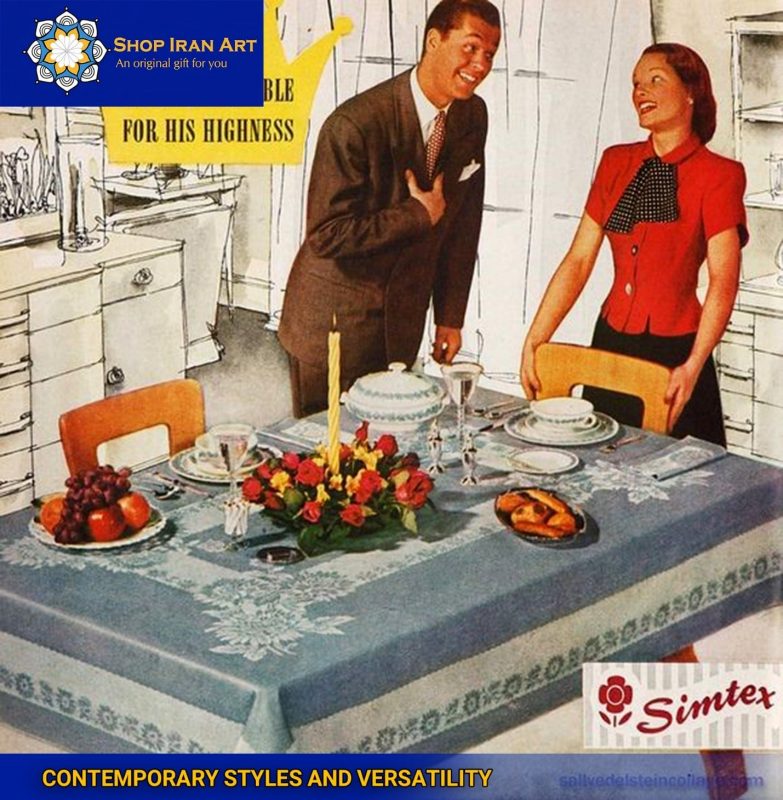
A Myriad of Options
Today, the market is replete with options, catering to every taste and occasion. From simple, minimalist designs to ornate, elaborate patterns, there is table linen to suit every aesthetic. Whether you prefer classic elegance, rustic charm, or contemporary flair, you can find the perfect tablecloth or runner to elevate your dining experience. Online marketplaces like Shop Iran Art offer a curated selection of high-quality table linens that blend tradition with modernity, providing a range of options for those seeking to adorn their tables with style and elegance.
Conclusion
The origin of tablecloths traces back to ancient civilizations, where they were initially a symbol of luxury and prestige. Over time, tablecloths evolved to serve practical purposes while still retaining their aesthetic appeal. From the lavish banquets of the Romans to the personal expression of modern times, tablecloths have woven themselves into the fabric of our social gatherings. So, the next time you lay a tablecloth on your dining table, remember the rich history and cultural significance behind this seemingly ordinary fabric. Let it be a celebration of tradition, creativity, and the artistry that brings us together.
Remember, if you’re looking to find unique and exquisite tablecloths, check out Shop Iran Art. They offer a wide range of beautifully crafted table linens that will add a touch of elegance to your dining experience.
What is the origin of tablecloths?
Tablecloths originated in ancient civilizations, with the Egyptians being among the earliest users.
Who invented the tablecloth?
The concept of using tablecloths emerged independently in various ancient civilizations, so there is no single inventor.
What is the point of a tablecloth?
Tablecloths serve both practical and aesthetic purposes. They protect the table, add elegance to the setting, and reflect social status.



